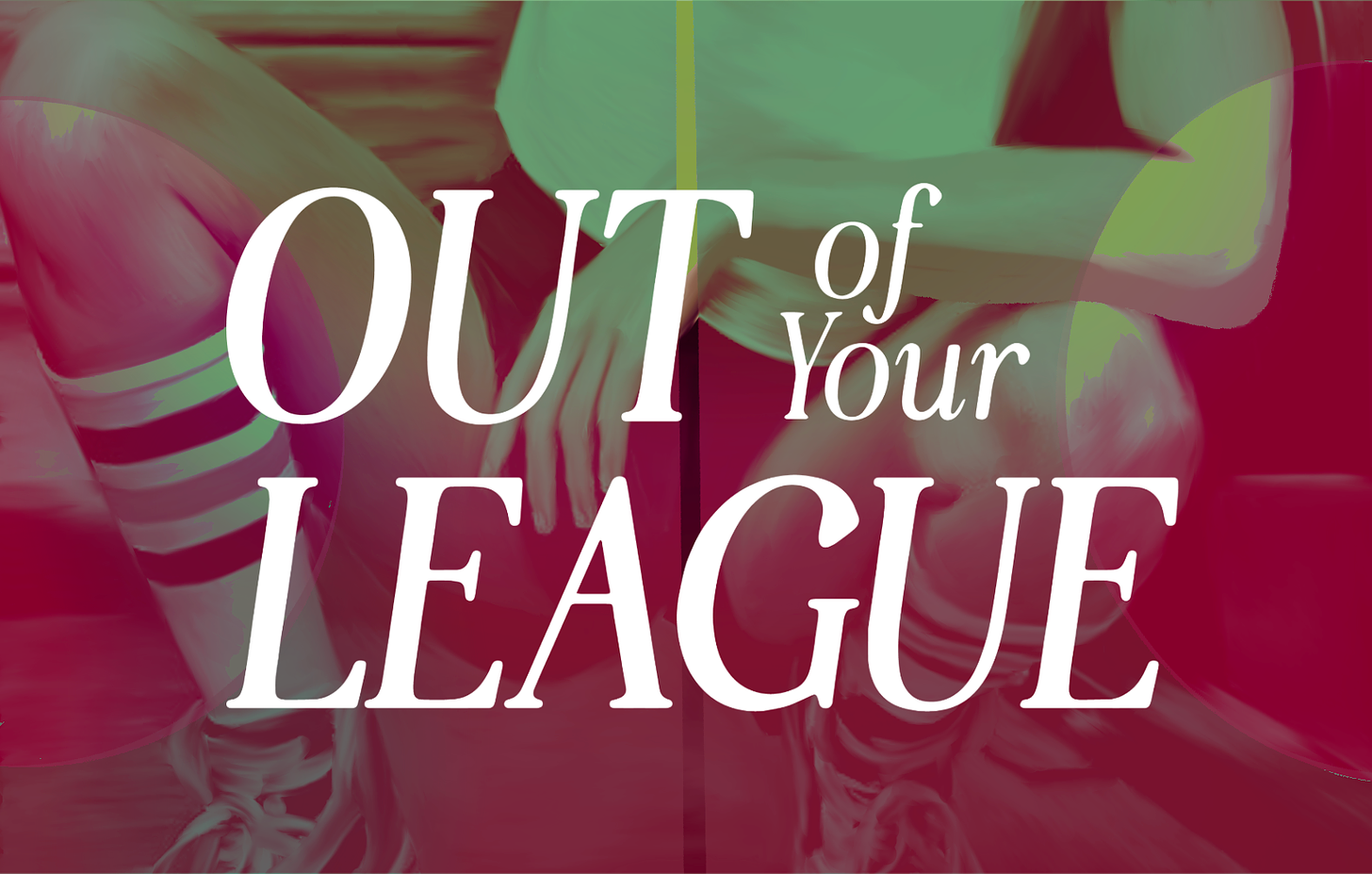the natural destination of poor editorial judgment is the court of law
on the Skrmetti case, the LPGA trans ban, & the NYT's reporting
Thank you for being here! From now until the Winter Solstice on December 21, I’ll be offering 20% off annual subscriptions. This is a great time to upgrade if you’ve been considering it!
I have decided to make this newsletter free because I think it is important for as many people to have access to it as possible. However, I am a full-time freelance writ…
Keep reading with a 7-day free trial
Subscribe to Out of Your League to keep reading this post and get 7 days of free access to the full post archives.





